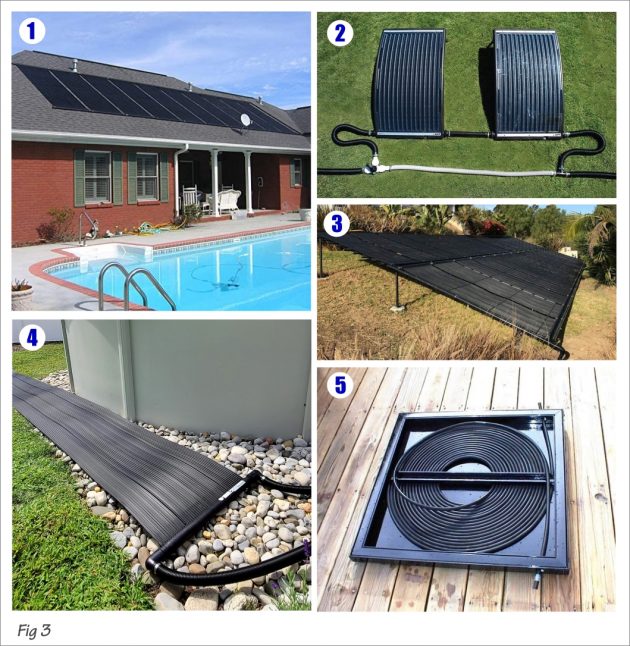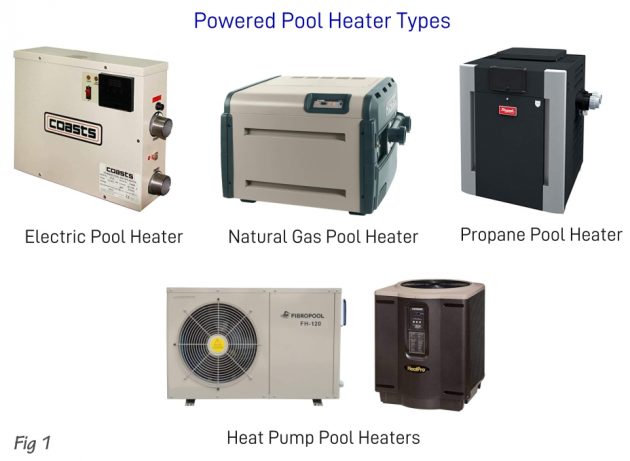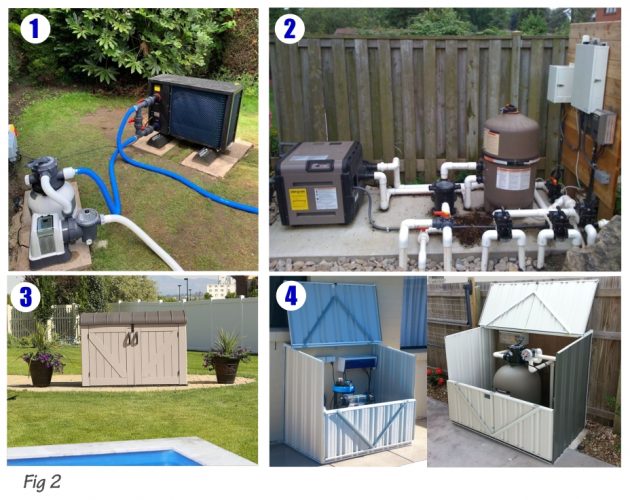Curb appeal! Most have heard about it and some may even understand it and all its intricacies. The main question here, however, is how on earth does that affect my pool heater? The answer is, a lot more than you may think.
All pool heaters involve the installation of ground-level heating units, rooftop panels, piping, valves, and in some cases, extra pumps. They all extend swimming times, add to the value of the pool and the home in general. And they are especially effective when used with supplemental measures such as pool rings and liquid solar pool cover measures.
Unfortunately, a poorly planned, sloppy installation of any of these is likely to destroy your home’s curb appeal. Essentially, a curb appeal-friendly pool water heater is neatly installed and integrates well with the general decor.
What is curb appeal anyway?
There are many definitions of curb appeal most of which are quite specific. In truth curb appeal is hard to concisely define in concrete terms. It is a heart thing, a warm gut feeling one gets when faced with something of aesthetic substance.
A $100,000 landscaping landmark can leave you cold, while a tasteful arrangement of dollar store flower pots melts your heart. It’s all in that initial eye-heart connection, a connection that’s seldom ever when confronted with a cluttered, mismatched mess.
And that brings us back to the question of how heating your pool with solar or powered heaters can still ensure a solid eye-heart connection.
Types of pool water heaters and their decor impact
Pool heaters are great ways of squeezing additional hours, weeks, and months of pool time for your family. Let’s have a look at the most common pool heaters and how they impact the overall appeal of the pool area.
Electric, gas, and pool heat pump pool heaters
For a couple of reasons, these heaters have very little impact on the overall ambiance of the pool area. Firstly, they are generally plumbed directly into the existing swimming pool pump circuit with few additional pipe runs. Secondly, they consist of a single heating component that is, in most cases, relatively small.
Fig 1 illustrates the compact nature of most types of powered heaters.
Because of their relatively compact size and the fact they are all ground-mounted, they are fairly easy to “hide”. Fig 2 illustrates how this can (and shouldn’t) be done.
Image 1 is an example of an exposed and fairly untidy installation. Image 2 is also an exposed swimming pool filter/heater installation but far more ordered and professional-looking. This example would be easy to hide behind a shadow-line fence or a privacy screen.
Images 3 & 4 are examples of pool equipment sheds or enclosures that completely hide all the equipment. They can be painted to match the prevailing decor or gussied up with planters, flower beds, or other landscape features.
Solar swimming pool heaters heaters
The other popular swimming pool heaters are solar heater types. These guys greatly reduce pool heating costs, particularly when used in conjunction with vinyl or liquid solar cover applications among others. However, they can be difficult to incorporate into curb appeal efforts.
Roof-mounted solar panels
Roof-mounted solar heater installations are usually neat and don’t detract from curb appeal. In fact, solar roof-top installations are becoming so common that nobody pays much attention to them.
Flexible mat heaters
Flexible panel micro-heaters for small pools are usually laid out flat on the patio or lawn and are real romance killers. That said, they can be disconnected and packed away in a garden or pool equipment shed when not in use.
Ground-mounted heaters
Larger permanent ground-mounted solar heaters are particularly hard to apply cosmetic measures to. To work effectively they must be exposed to direct sunlight all day making them difficult to hide.
Not all homes are suited to rooftop solar heater installations. Being limited to a ground-mount array can be offset in a number of creative ways. Collector panels can be fashioned into privacy screens or mounted on the sides of pagodas turning them into assets rather than eyesores.
Fig 3 illustrates 5 common solar heater types. They are:
- Formal rooftop solar panel heater
- Mobile curved panel heater
- Ground-mount solar panel heater
- Flexible mat heater
- DIY solar pool heater

Pipe runs, auxiliary pumps, and control systems
Solar pool heating involves more piping and auxiliary equipment than electric, gas, or heat pump pool heater types. These elements are not impossible to disguise if you follow some basic rules when installing the systems.
- Keep pool water feed and return piping together: try to keep all the long pipe runs neatly arranged together. A spider web of pipes is a decor no-no. This also makes covering them easier as we’ll discuss later.
- Follow building lines and never cross flat areas diagonally: Always try to follow vertical and horizontal building lines with the piping, even if it increases the run lengths. And, unless you are following such an existing building feature, NEVER cross walls or other large, flat expanses diagonally. This looks like the backlot plumbing for a tenement building.
- Maintain a consistent piping color scheme: Keep all the external pool water piping the same color, particularly black or grey. Rainbows are pretty, but not when they’re running down the side of your house. And remember, you can paint your pipes with products like Krylon Fusion to match just about any decor scheme.
- Hide those pipes: Trees, bushes, or tall ornamental grasses are great ways to hide pipe runs. And if you have the time and inclination, decorative wood or siding boxes can cover entire pipe runs.
- Formalize your wiring and controls: Wiring to pumps, heat sensors, motorized valves, and controllers should be run in trunking that follows the rules of engagement for pipes. Mount control boxes in the pool shed if you have one or in the corner of walls if possible.
The pool heater curb appeal takeaway
Curb appeal is largely an abstract concept at best. And pool heating is an increasingly popular method of getting a warm pool and the most out of the pool investment. Being able to combine the two without and causing clashes is a combination of art and science. However, with a little imagination and adherence to a couple of standing rules, that eye-heart connection can certainly be made.
















